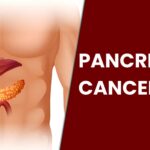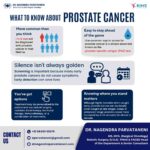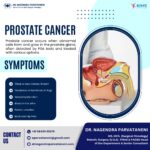If you or your loved one is recently diagnosed with lung cancer, the first question that may come to your mind is how one can survive lung cancer?
Lung cancer is one of the most often diagnosed cancer. Worldwide, lung cancer is the leading cause of cancer-related deaths.
So, it’s important to understand more about this condition and some preventive measures.
Types of Lung cancer
Survival depends on various factors, including the type. Lung cancer is mainly of two types:
- Non-small cell lung cancer (NSCLC): NSCLC is the most common type of lung cancer. It is estimated that 85% of people diagnosed with lung cancer have NSCLC.
The staging of the NSCLC will depend on various factors, and your physician will ask you to undergo an imaging test (CT scan) to determine the staging:
- Tumor size
- Tumor location
- Metastasis and extent of the same (spreading of cancer)
- Involvement of lymph nodes
- Small cell lung cancer (SCLC): SCLC is not as common as NSCLC. Only 10-15% of people with lung cancer have SCLC. SCLC spreads more quickly than NSCLC.
SCLC is classified into two stages:
- Limited: This type of lung cancer is on one side of the chest and in a defined area.
- Extensive: This type of lung cancer has spread throughout the lungs, lymph nodes, or other parts of the body.
Lung cancer and survival
In recent years, the survival rate of lung cancer has improved drastically. Survival rate provides an idea regarding the percentage of people with the same type and stage of cancer alive after a certain period (usually survival rate in cancer is five years) after their diagnosis.
However, survival rate does not necessarily mean that you will live for that period; however, it provides a rough estimate regarding survival post-treatment.
Lung cancer survival rates have mainly improved due to targeted therapies, fewer smokers, and early detection of the disease. Moreover, the survival rate in lung cancer depends on other various factors such as the following:
- Overall health (comorbidities)
- Type and stage of the disease
- Treatment plan
The following are estimated five-year survival rates for NSCLC:
- Localized: 60%
- Regional: 33%
- Distant: 6%
SCLC is a very aggressive type of lung cancer. The five-year survival rate is 14%. Without treatment, survival from the diagnosis of SCLC is only two to four months.
It’s important to understand that this is the average survival rate, and your doctor is the best person to guide you.
Prevention
There is no secure way to prevent lung cancer, but you can reduce the risk by taking the following steps:
- Stop smoking if you are smoking
- Do not smoke
- Avoid passive smoking
- Avoid carcinogens at work
- Eat healthy food
- Exercise





